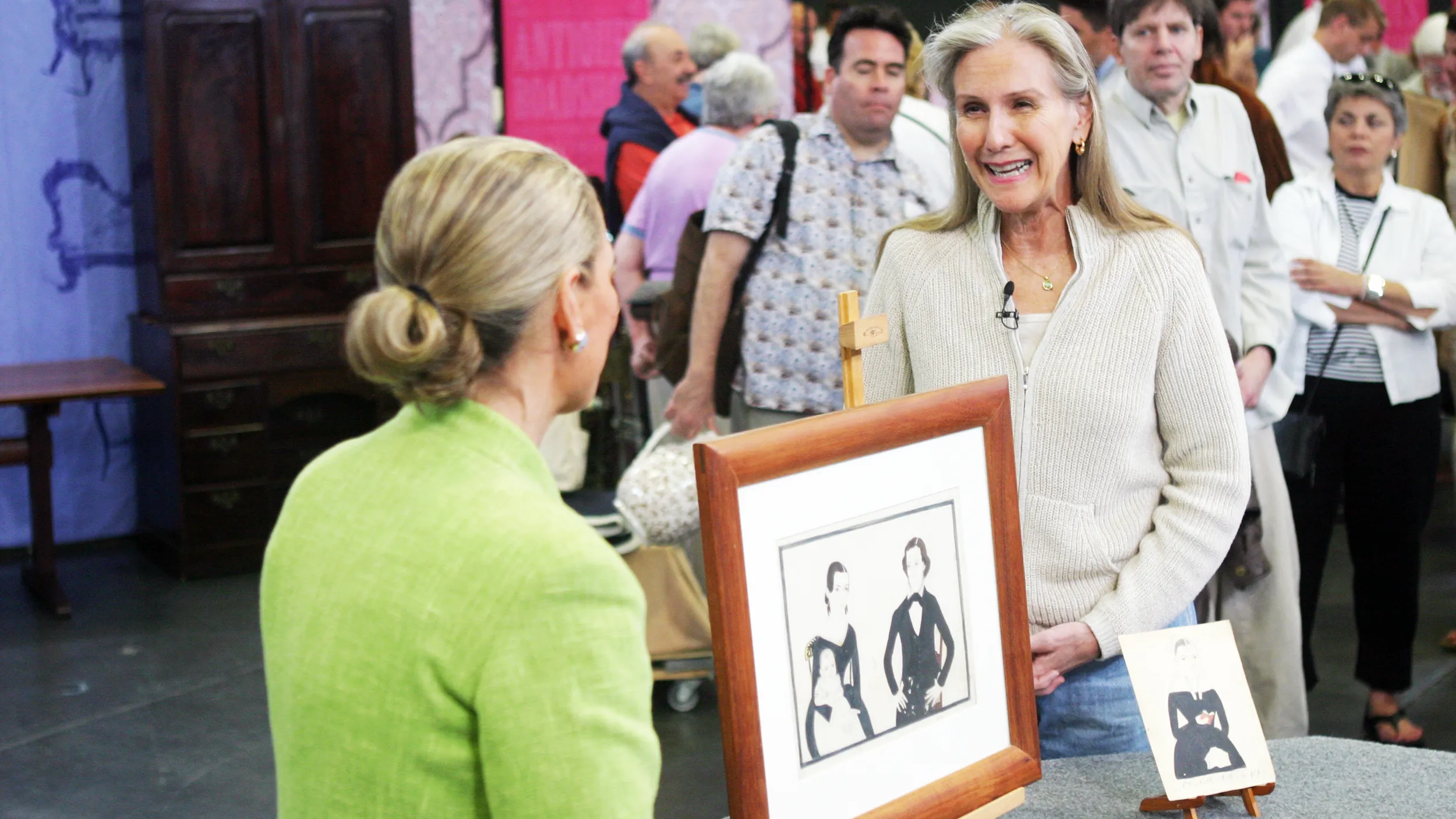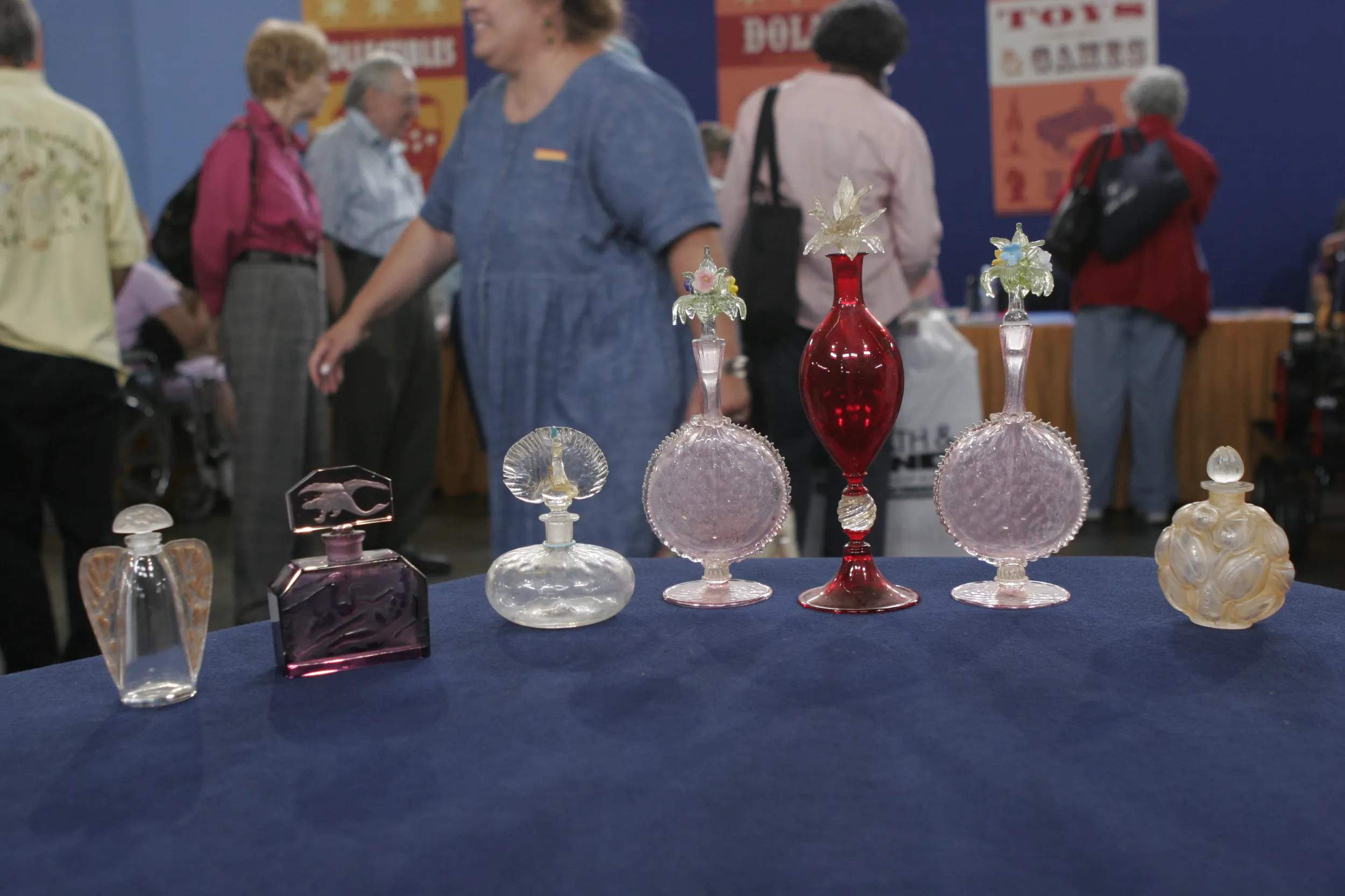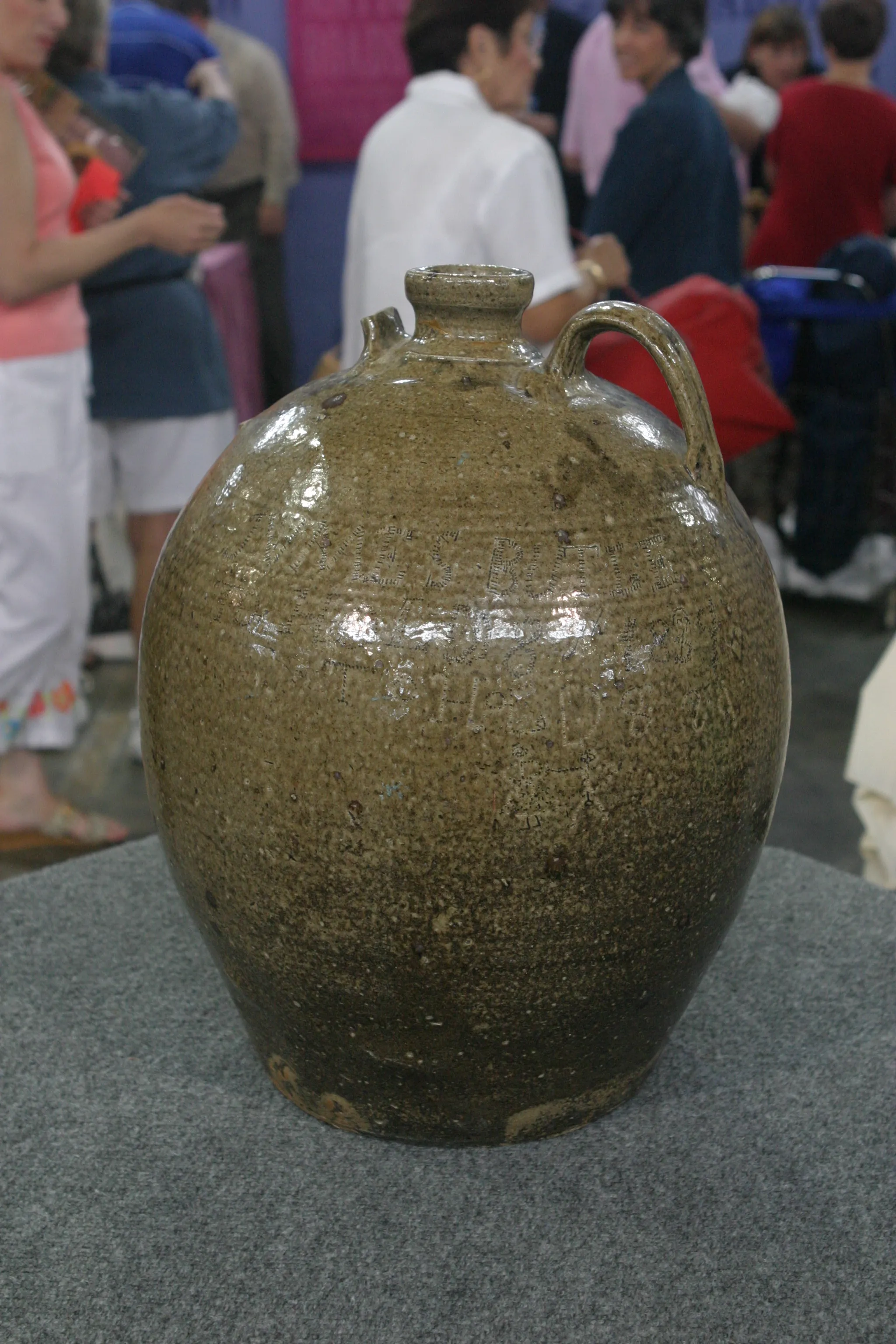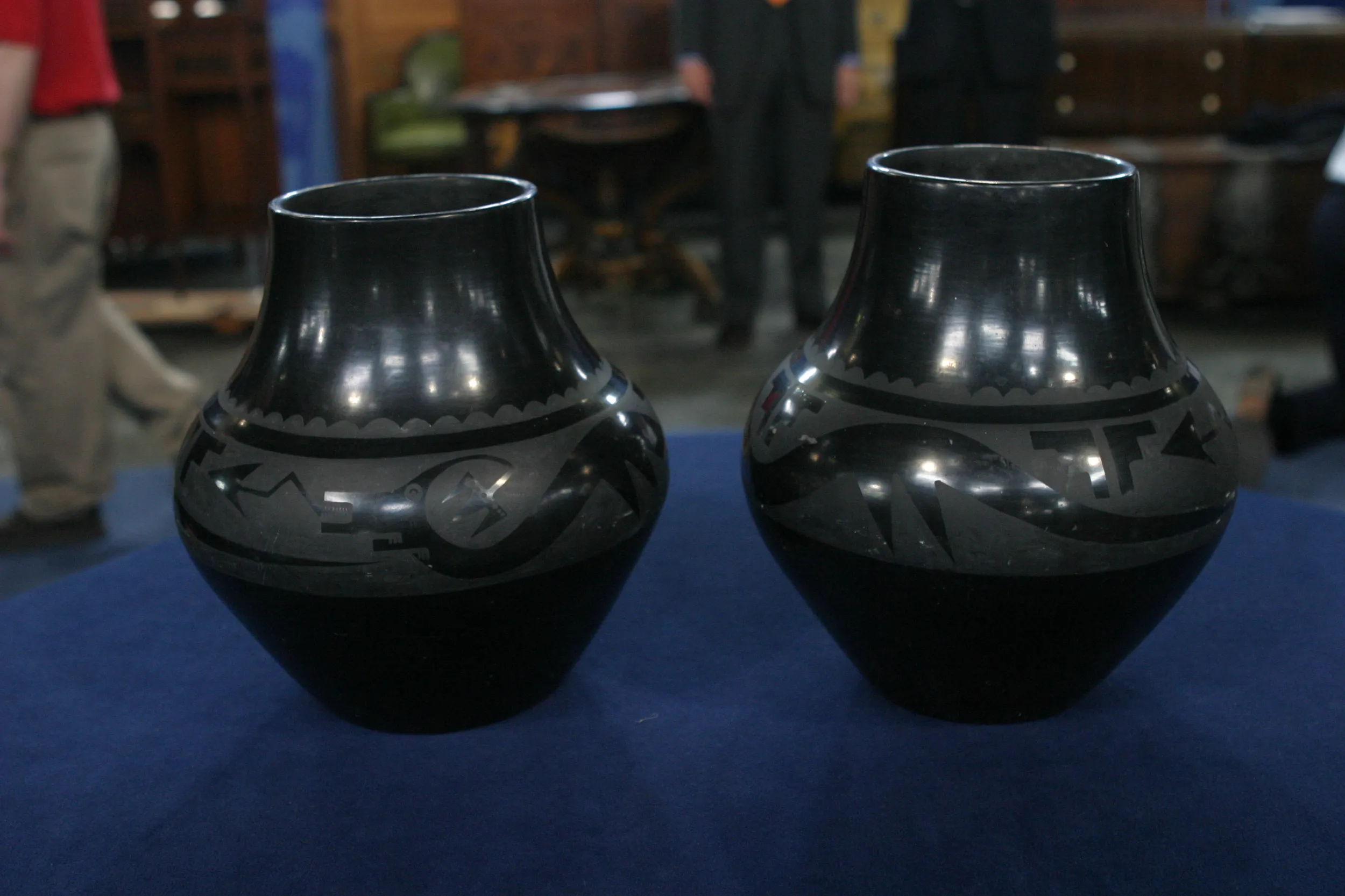GUEST: It was my grandparents', and they took my mother and all her sisters around the world in the '30s. And it's from France, so I think they got it then. But it always hung in their dining room. And I remember as a kid, I would look at it and think, "Oh, that's so creepy-looking," and I just thought it was gross. But then when my grandparents died, and we got to choose something of theirs to remember them by, I thought, "Well, I associate them with the fish plate more than anything else."
APPRAISER: So do you still think it's unattractive?
GUEST: No, I think it's really beautiful.
APPRAISER: Oh, you do. Okay, so-- so you've matured in your taste.
GUEST: Yes, I've matured in my taste.
APPRAISER: Well, let me tell you a little bit something about it.
GUEST: Okay.
APPRAISER: In the middle of the 16th century, there was a gentleman by the name of Bernard Palissy that worked in France making this, which is now known as Palissy ware. His name has stayed with the piece as they've developed into the 19th century, and a lot of other firms manufactured similar-type wares. Now, we never see any of the original Bernard Palissy pieces. But what we do see are these types of lead-glazed pieces manufactured in the 19th century, going into the 20th century, as well. They were produced not only in France, but in England and in Germany and in Portugal. Always very typical, naturalistic in style. You always see a lot of lizards and snakes and some seashells, as well. If you were to go into a museum and see a period piece of Palissy, you would find the quality to be a lot better.
GUEST: Okay.
APPRAISER: So the quality gets a little flatter. But it's still a very interesting piece. It is an earthenware body. This piece has suffered a few damages to it. A large section of the top has been repaired...
GUEST: Right.
APPRAISER: And the head of the snake, tail of the fish, as well.
GUEST: Yeah.
APPRAISER: It does affect the value. But it's very desirable. It's classified in the majolica category, which is really defined by these wonderful glazes that were used in the European countries at that point in time. The platter was made to be hung.
GUEST: So it's not made to be put in the middle of a table.
APPRAISER: It's not.
GUEST: Uh-huh.
APPRAISER: Usually produced with a couple of holes on the rim.
GUEST: Right.
APPRAISER: For hanging, as this one does.
GUEST: Now, are these live castings?
APPRAISER: They are not.
GUEST: They're not.
APPRAISER: No, they're models, and many of them are hand-modeled pieces. With the damages in consideration, and also in consideration of how desirable these pieces are today, I wouldn't be surprised if in the right auction it would realize in the range of $2,500 to $3,500.
GUEST: Wow!











